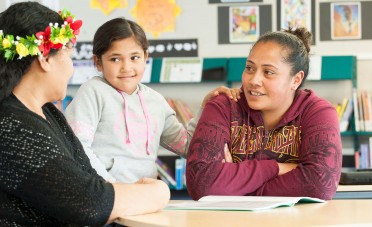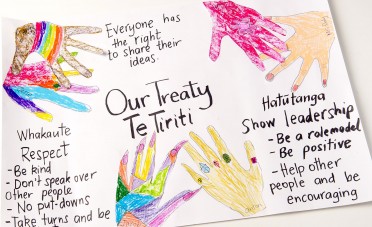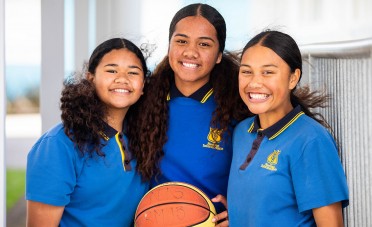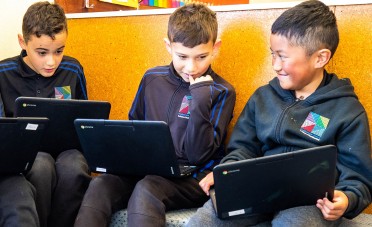Enhancing relationships: Weather chart
Weather chart gives ākonga the vocabulary and opportunity to discuss how they feel in a variety of situations, identify ways of supporting others when they have strong feelings, and recognise the importance of manaakitanga – respect, care, and concern for others.
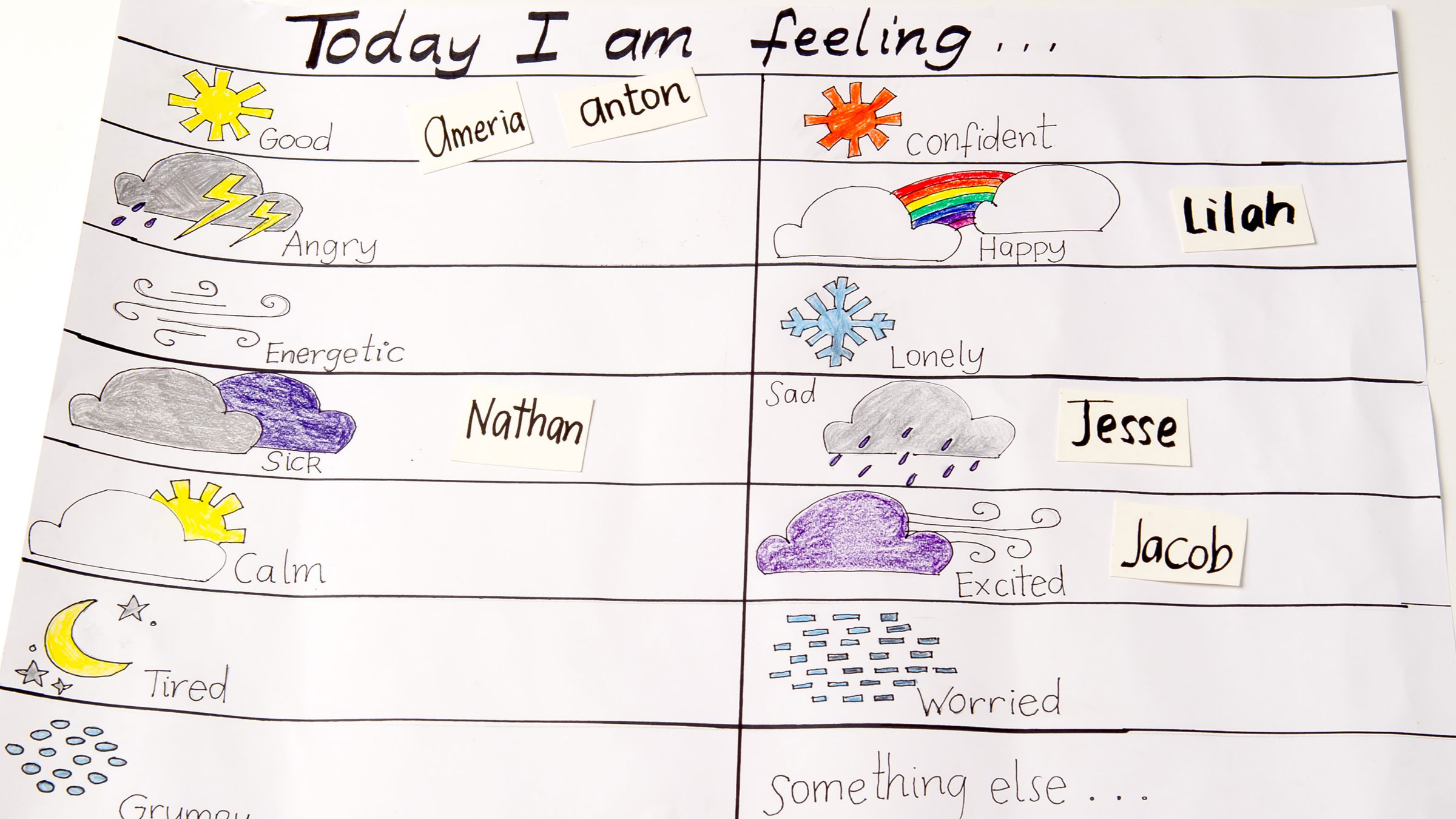
Understanding ourselves and getting on together — Activity collection
This resource is part of the Understanding ourselves and getting on together collection.
Possible learning activities
Find or create pictures that show people with various expressions, for example emoji cards, and brainstorm words that can be used to describe feelings. You could also introduce the activity by reading two or three picture books about feelings.
- Ākonga each choose a 'feelings' word and use that word in a sentence, for example, 'I feel scared when …', 'I feel excited when …'. Ākonga share their sentences in small groups. Discuss supportive responses to these feelings, for example, 'We could help someone who feels scared by ...'.
- Create a chart that displays a range of weather conditions, such as frosty, overcast, stormy, cloudy, and sunny. Ākonga blu-tack their name card underneath the weather symbol that best describes their feelings at the time. Remind ākonga that weather is changeable, and similarly moods and feelings change too.
- Ākonga can do this when they first arrive in the morning, and they might change their 'feelings' position at any time during the day. Alternatively, you can use a continuum of rainbow colours, or a mood poster with te reo Māori kupu.
- Discuss feelings that aren’t easily represented by the weather chart.
- Discuss how ākonga can appropriately express care and support for each other, and the importance of manaakitanga.
Cultural and diversity considerations
All ākonga are part of wider whānau, hapū, iwi, and other community groups. Culturally capable kaiako and tumuaki know, value and integrate the cultural capital of their ākonga into the work of creating positive classroom communities. Classroom programmes dealing with mental health should be sensitively developed so that they respect and reflect the diverse values and beliefs of ākonga and the whole school community.
Make sure your mood chart includes all the languages spoken by the ākonga in your class.
Links to the HPE underlying concepts
Attitudes and values
Taking a positive attitude towards their own emotional wellbeing and showing care and concern for others.
Hauora
Taha hinengaro, taha whānau – identifying and communicating feelings in different situations and circumstances and supporting the feelings of others.
Read more about the underlying concepts.
Kaiako notes
Focus inquiry questions around the learning outcomes before and after the activities to support ākonga to reflect and think critically about the activities.


